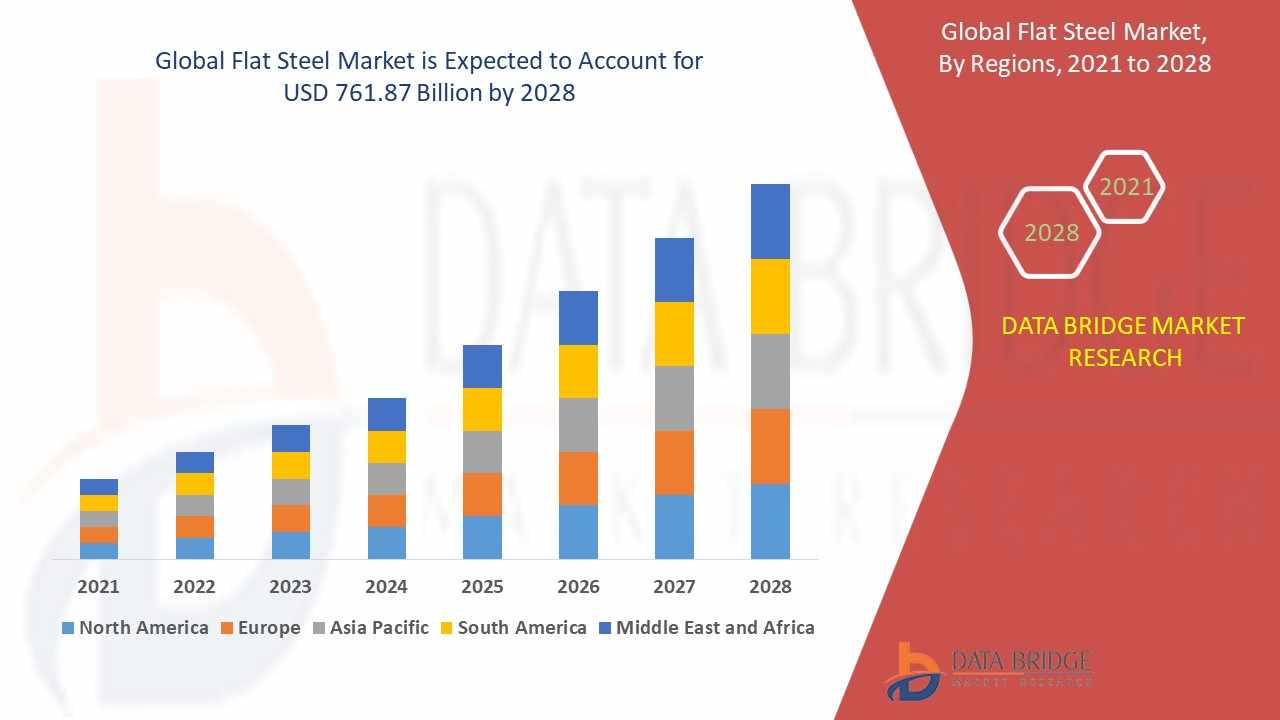
Introduction
The global flat steel market plays a foundational role in numerous industries, including construction, automotive, shipbuilding, and appliances. Its versatility, durability, and recyclability make it an essential material in modern infrastructure and manufacturing. As global economies focus on urbanization, industrialization, and sustainable practices, the demand for flat steel is expected to grow steadily over the next decade.
This article provides a detailed overview of the flat steel market, including key trends, market drivers, segment analysis, regional performance, challenges, and future projections through 2033.
Market Overview
Flat steel refers to products that are rolled from steel slabs and include hot-rolled sheets, cold-rolled sheets, coated steel, and plate steel. In 2024, the global flat steel market was valued at approximately USD 750 billion and is projected to surpass USD 1,100 billion by 2033, growing at a compound annual growth rate (CAGR) of around 4.5%.
Factors such as infrastructure development, automotive production, and renewable energy investments are major contributors to this growth. Additionally, innovations in steel production processes and rising demand for high-strength, lightweight steel are shaping the market landscape.
Key Market Drivers
Rising Infrastructure Development
Expanding construction activity in both residential and commercial sectors, especially in emerging economies, drives flat steel demand for beams, structural supports, and reinforcement.Automotive Industry Expansion
Flat steel is a primary component in vehicle bodies, chassis, and engine parts. The increasing production of electric vehicles (EVs) and lightweight vehicles continues to support market growth.Growth in Renewable Energy Projects
Wind turbines, solar panels, and hydroelectric systems rely on strong and corrosion-resistant steel components, pushing the demand for flat steel in energy infrastructure.Technological Advancements in Steel Manufacturing
Modern techniques such as electric arc furnaces (EAF) and direct reduced iron (DRI) production reduce energy use and emissions, aligning with sustainable manufacturing goals and encouraging broader adoption.Recyclability and Circular Economy Trends
Steel's recyclability supports circular economy models, leading to higher usage of recycled steel in flat products without compromising strength or quality.
Market Segmentation
By Product Type
Hot-Rolled Steel
Cold-Rolled Steel
Coated Steel (Galvanized, Color-Coated)
Plate Steel
By Material
Carbon Steel
Alloy Steel
Stainless Steel
By End-Use Industry
Construction & Infrastructure
Automotive
Mechanical Equipment
Energy & Power
Appliances
Shipbuilding
By Distribution Channel
Direct Sales
Distributors & Traders
Regional Insights
Asia-Pacific
Asia-Pacific holds the largest market share, with China, India, Japan, and South Korea being key contributors. Rapid urban development, industrial growth, and large-scale government investments in infrastructure projects are the main growth factors.North America
The U.S. and Canada see strong demand in the automotive, construction, and energy sectors. The push toward clean energy and green buildings supports long-term flat steel usage.Europe
Europe is a mature market focusing on producing eco-friendly and high-performance steel. Automotive manufacturing and infrastructure renovations continue to sustain regional demand.Latin America
Brazil and Mexico are the dominant markets due to investments in public infrastructure, construction, and heavy machinery industries.Middle East & Africa
Increasing industrialization, oil and gas projects, and urbanization initiatives in the Gulf nations and South Africa are expanding the need for flat steel.
Technological Trends
Green Steel Production
Steelmakers are investing in carbon-neutral technologies using hydrogen-based production to reduce carbon emissions and meet regulatory targets.Advanced Coatings and Treatments
Improved corrosion resistance and thermal performance through advanced coatings are expanding the use of flat steel in harsh environments.Automation and AI Integration
Smart manufacturing and AI-powered quality control systems are optimizing production efficiency and reducing waste.Digital Supply Chains
Digitization is transforming the flat steel supply chain, enhancing logistics, inventory management, and transparency across stakeholders.
Market Challenges
Volatile Raw Material Prices
Fluctuating costs of iron ore and coking coal directly impact steel production margins and pricing strategies.Environmental Regulations
Stringent emissions and energy consumption standards in steel production can limit traditional methods and increase operational costs.Global Trade Tensions
Tariffs, import-export restrictions, and geopolitical issues affect the supply-demand balance in the global flat steel market.Overcapacity and Competition
Excess production in some regions leads to pricing pressures and reduced profitability for manufacturers.
Competitive Landscape
Leading companies are focusing on capacity expansion, product diversification, and green technology to gain competitive advantages. Prominent players include:
ArcelorMittal
Nippon Steel Corporation
Tata Steel
POSCO
JFE Steel Corporation
Thyssenkrupp AG
United States Steel Corporation
Baosteel Group
JSW Steel
Nucor Corporation
Future Outlook (2025–2033)
The flat steel market is expected to continue its growth trajectory through 2033, driven by the following factors:
Strong demand in the construction and automotive sectors
Emphasis on sustainable and low-carbon steel production
Expansion in emerging economies
Integration of digital technologies in steel manufacturing
Increasing investment in smart cities and clean energy infrastructure
Source: https://www.databridgemarketresearch.com/reports/global-flat-steel-market
Conclusion
The global flat steel market is poised for steady growth fueled by its indispensable role in infrastructure, transportation, and manufacturing. While challenges such as environmental compliance and price volatility persist, the market’s evolution toward sustainable practices and advanced technologies offers long-term opportunities. Stakeholders that innovate, invest in green technologies, and adapt to shifting demand dynamics will be well-positioned to thrive in the years ahead.

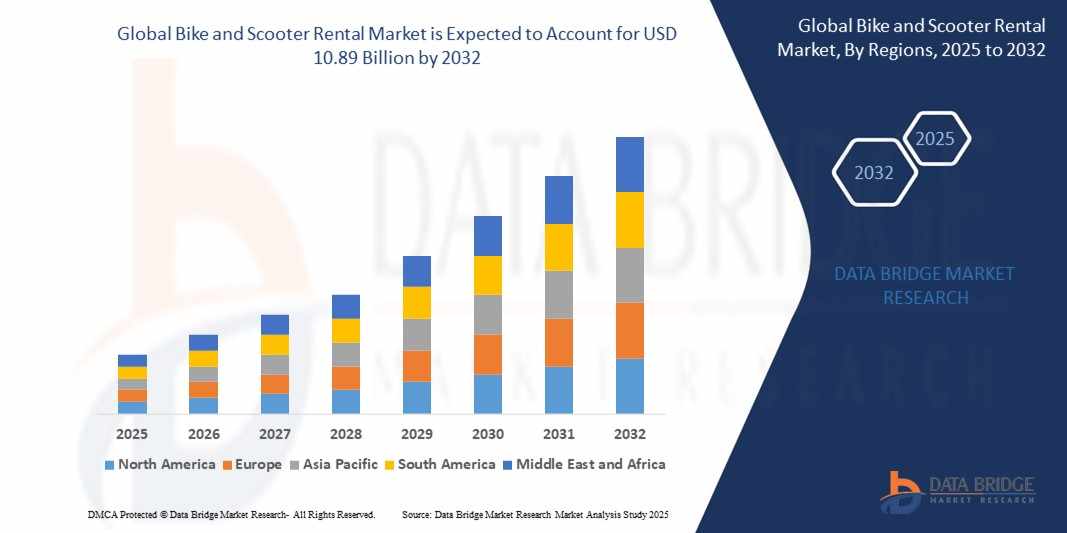



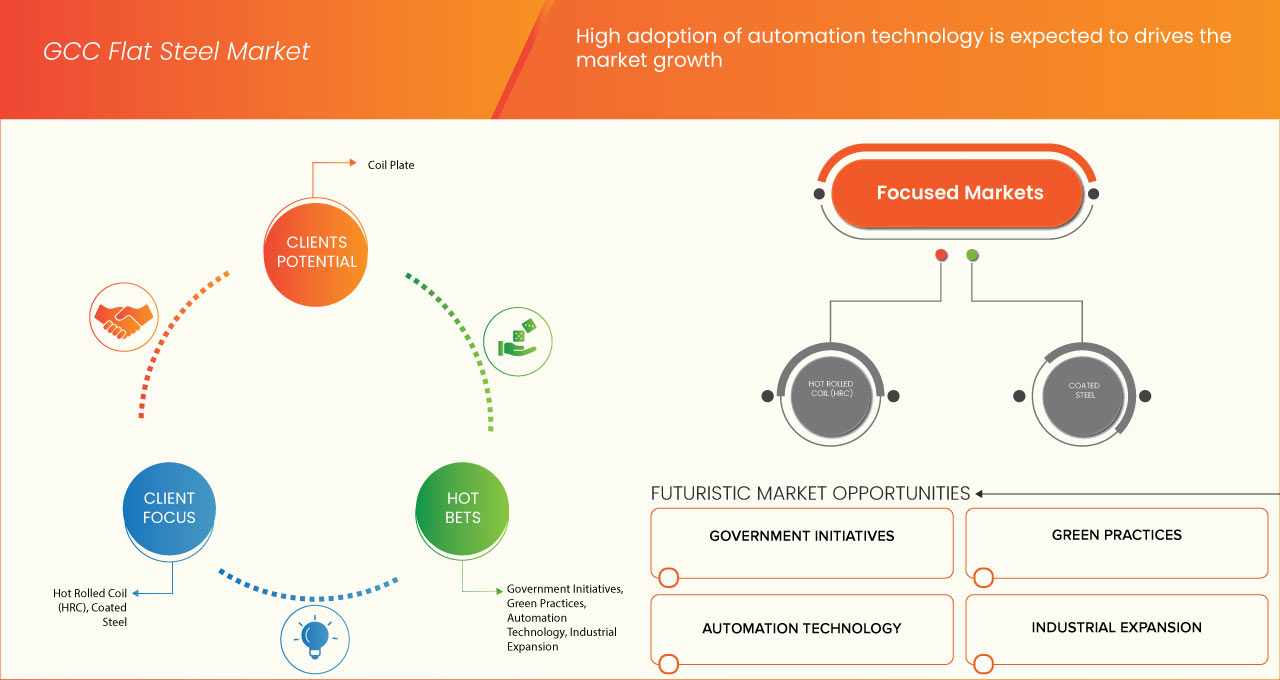
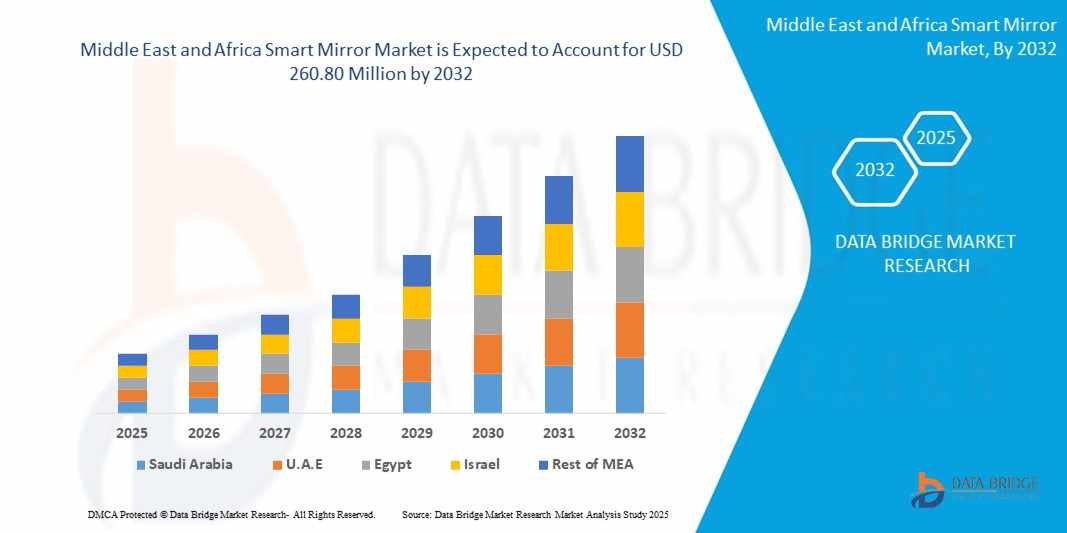
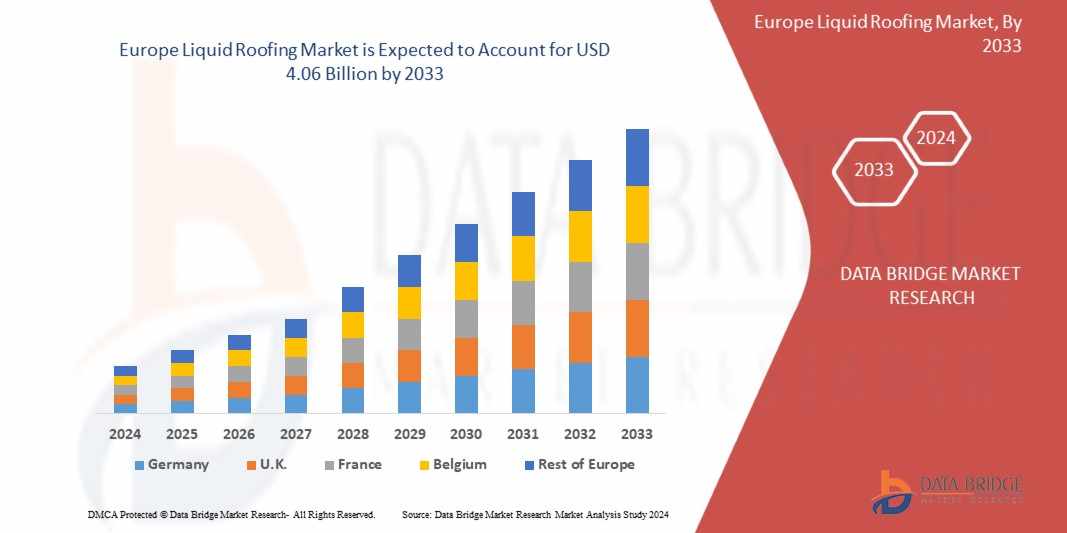
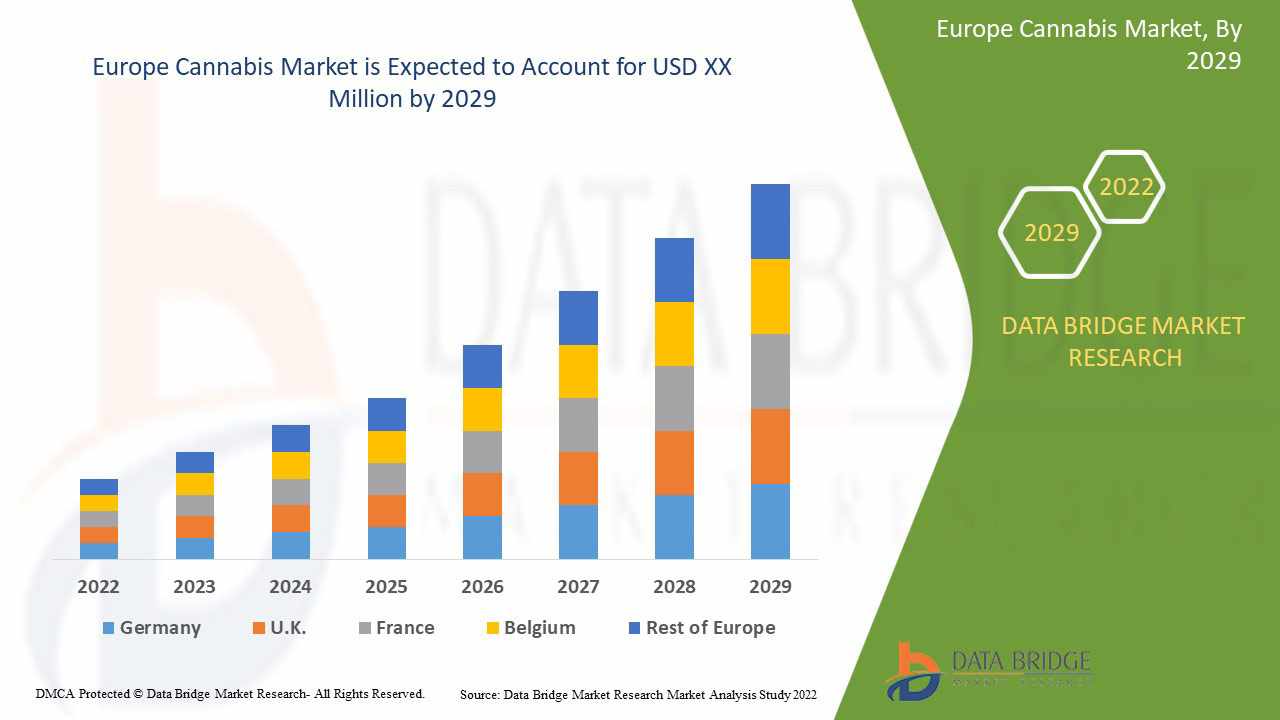
Write a comment ...